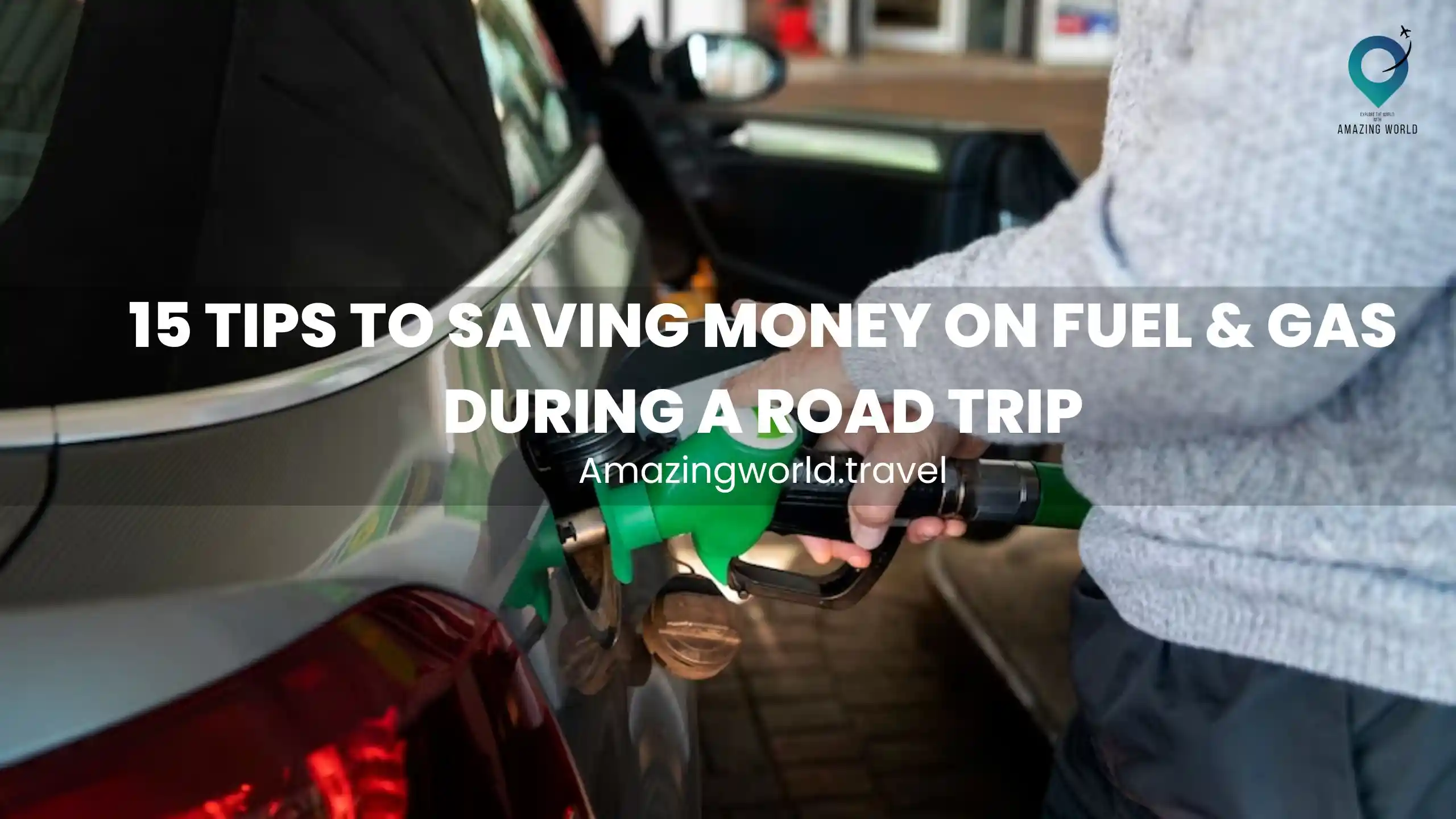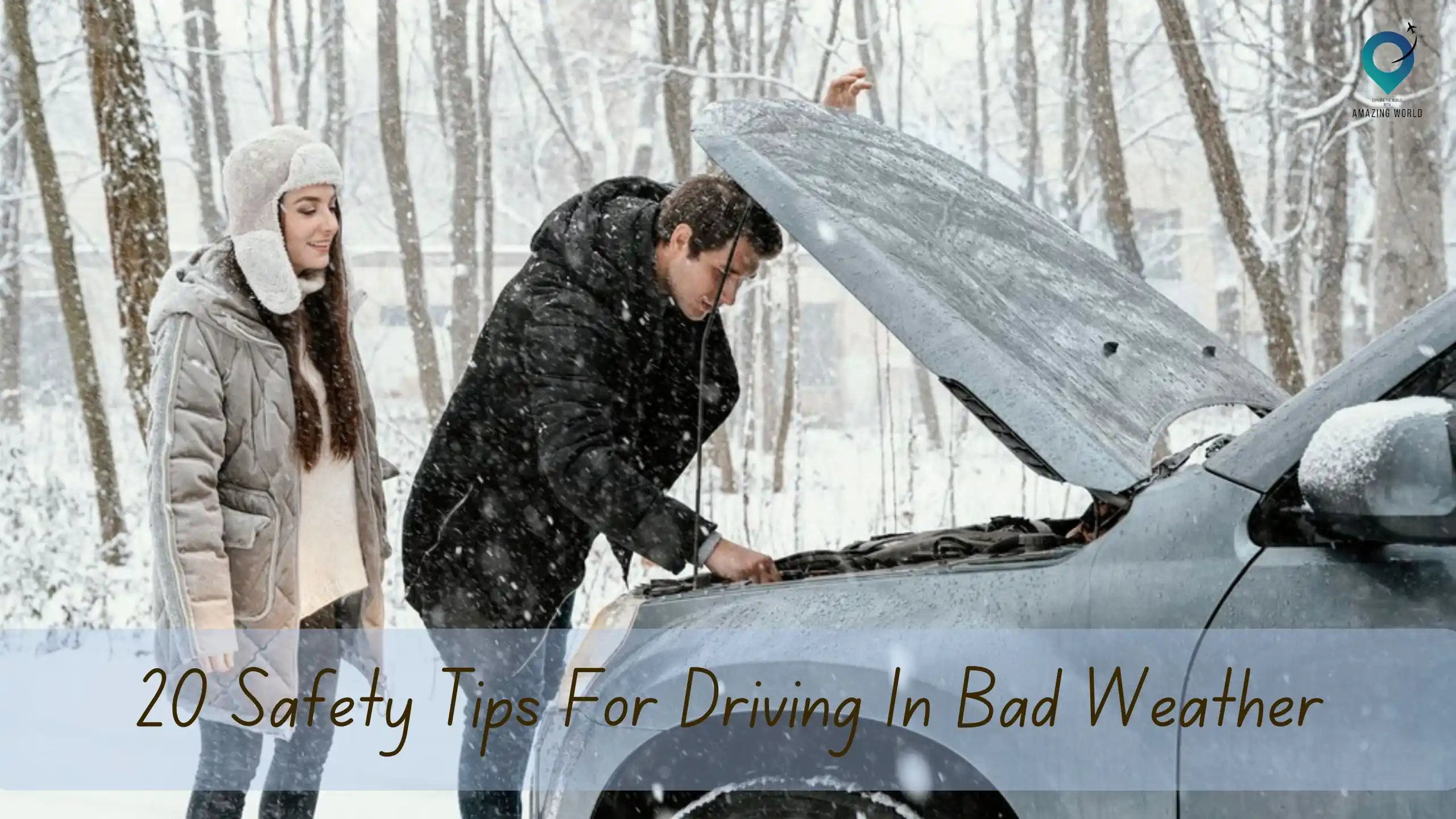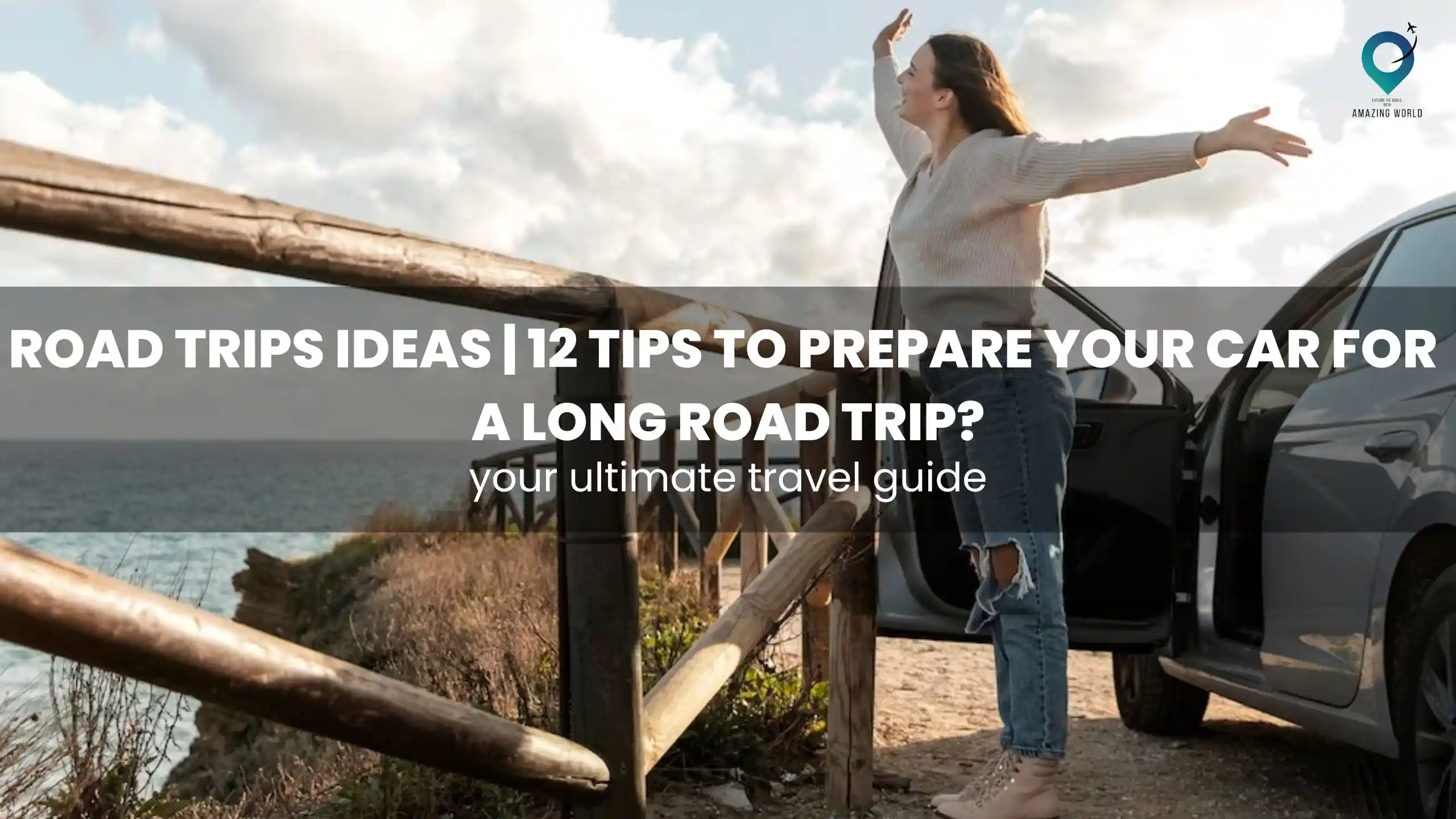15 Tips to Saving Money on Fuel & Gas During a Road Trip
Road trips are an exciting way to explore new places and create unforgettable memories with loved ones. However, the cost of fuel and gas can quickly add up, putting a damper on your adventure. Fortunately, there are many ways to save money on fuel and gas during a road trip.
In this article, we’ll share 15 tips that will help you maximize your fuel efficiency and keep more money in your pocket. Whether you’re planning a cross-country journey or a weekend getaway, these tips will help you save on fuel costs and make the most of your road trip.
Plan your route ahead of time.

One of the easiest and most effective ways to save money on fuel and gas during a road trip is to plan your route ahead of time. By doing so, you can avoid taking unnecessary detours, getting lost, or running into unexpected road closures or construction sites, all of which can add extra miles to your trip and increase your fuel expenses.
To plan your route, consider using a map or GPS to plot out your course before you hit the road. Look for the most direct and efficient route that will get you to your destination while minimizing mileage and fuel consumption. You can also take advantage of online mapping tools that allow you to customize your route based on your preferred driving conditions, such as avoiding toll roads or highways with heavy traffic.
Another important aspect of planning your route is to research and identify gas stations and rest stops along the way. By knowing where you can refuel and take breaks, you can avoid running out of gas or getting stranded in unfamiliar territory. Look for gas stations that offer competitive prices and consider filling up your tank before leaving a major city, where gas prices are often higher.
Fill up your tank at the right time.
Another way to save money on fuel and gas during a road trip is to fill up your tank at the right time. By timing your refueling stops strategically, you can take advantage of lower gas prices and avoid wasting fuel on unnecessary trips to the gas station.
One effective strategy is to fill up your tank early in the morning or late at night when temperatures are cooler. Gasoline is denser at lower temperatures, which means you’ll get more fuel for your money. Additionally, gas prices tend to be lower during off-peak hours, so you may be able to save a few cents per gallon by filling up at these times.
It’s also a good idea to fill up your tank before you hit the halfway mark. This ensures that you have enough fuel to reach your destination without running the risk of running out of gas in remote or unfamiliar areas where gas stations may be scarce or non-existent. By filling up your tank before it’s too low, you can also avoid overpaying for gas in areas where prices are higher due to limited competition.
Use fuel-saving apps.
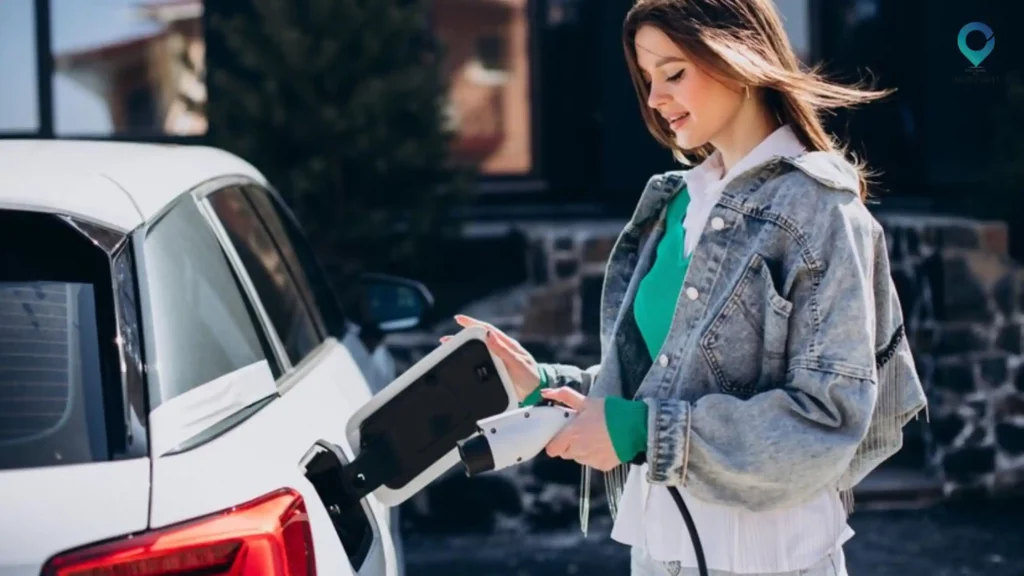
In today’s digital age, there are a variety of fuel-saving apps available that can help you optimize your fuel consumption and save money on gas during a road trip. These apps use GPS technology and real-time traffic data to provide you with customized route suggestions, gas price comparisons, and other helpful tips and tools.
For example, some apps can help you find the nearest gas stations with the lowest prices, while others can analyze your driving habits and suggest ways to improve your fuel efficiency, such as avoiding rapid acceleration or idling. Some apps also offer rewards programs or discounts for using their services, which can help you save even more money on gas.
When choosing a fuel-saving app, be sure to read reviews and compare features to find the one that best meets your needs. Look for apps that are user-friendly, accurate, and offer reliable information. Keep in mind that some apps may require a subscription or fee, so factor that into your decision-making process.
Avoid unnecessary weight in your vehicle.
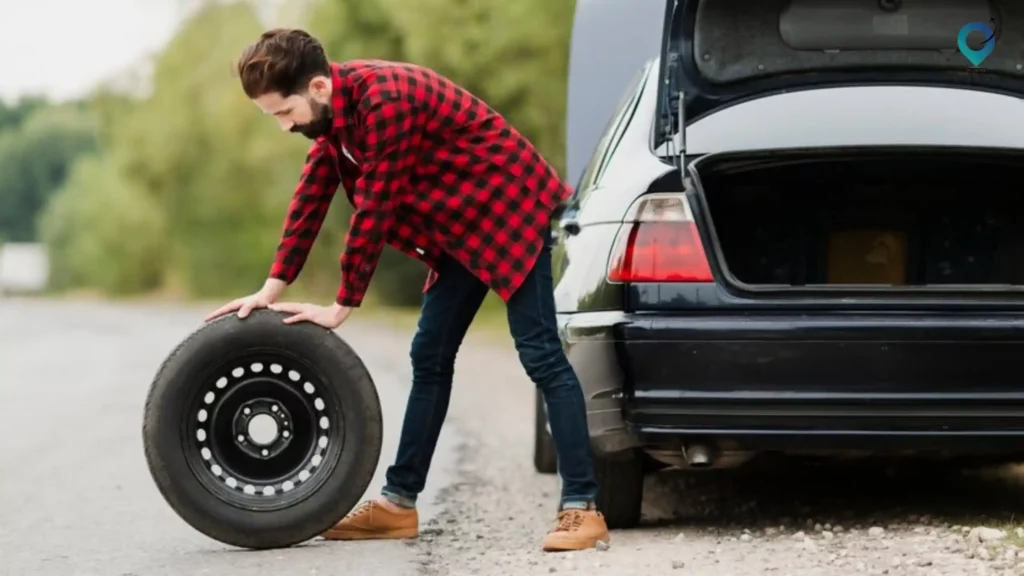
Another way to save money on fuel and gas during a road trip is to avoid carrying unnecessary weight in your vehicle. The more weight your vehicle carries, the more fuel it will consume, so it’s important to pack light and only bring what you need.
Start by cleaning out your car and removing any items that you won’t be using on your trip. This could include things like heavy sports equipment, extra luggage, or unnecessary electronics. If possible, try to consolidate your belongings into smaller, lighter bags that can be easily packed and transported.
You should also be mindful of the weight of any accessories or modifications that you add to your vehicle, such as roof racks, bike mounts, or cargo carriers. These items can significantly increase your vehicle’s weight and wind resistance, which can lead to higher fuel consumption and costs.
By avoiding unnecessary weight in your vehicle, you can reduce your fuel consumption and save money on gas during your road trip. This not only helps you save money, but it can also make your trip more comfortable and enjoyable by reducing clutter and freeing up space in your vehicle.
Maintain proper tire pressure.
Keeping your vehicle’s tires properly inflated is an important way to save money on fuel and gas during a road trip. When your tires are underinflated, they create more resistance with the road, which can cause your vehicle’s engine to work harder and consume more fuel.
To maintain proper tire pressure, you should check your tire pressure regularly, especially before a long road trip. You can find the recommended tire pressure for your vehicle in the owner’s manual or on a sticker inside the driver’s side door. Use a tire gauge to measure the pressure and add air if necessary.
It’s also important to note that tire pressure can fluctuate with temperature changes, so be sure to check your tire pressure when the tires are cold or before driving for an extended period.
By maintaining proper tire pressure, you can optimize your vehicle’s fuel efficiency and save money on gas during your road trip. It’s a simple and effective way to improve your vehicle’s performance and make your trip more affordable and enjoyable.
Accelerate and brake gradually.

Imagine you’re driving down the highway on your road trip, feeling the thrill of adventure as you explore new destinations. Suddenly, you see a stunning vista in the distance and feel the urge to accelerate and get there as quickly as possible.
But wait! Before you step on the gas, consider this: accelerating too quickly can waste fuel and cost you money in the long run. By accelerating gradually, you can save fuel and reduce wear and tear on your vehicle’s engine.
The same goes for braking. Suddenly slamming on the brakes can be jarring for your passengers and can cause unnecessary wear on your vehicle’s brakes. Instead, try to brake gradually and give yourself plenty of time to come to a stop.
By accelerating and braking gradually, you can not only save money on gas but also make your road trip safer and more enjoyable. So, resist the urge to speed up and slow down quickly, and take your time to enjoy the journey.
Use cruise control.
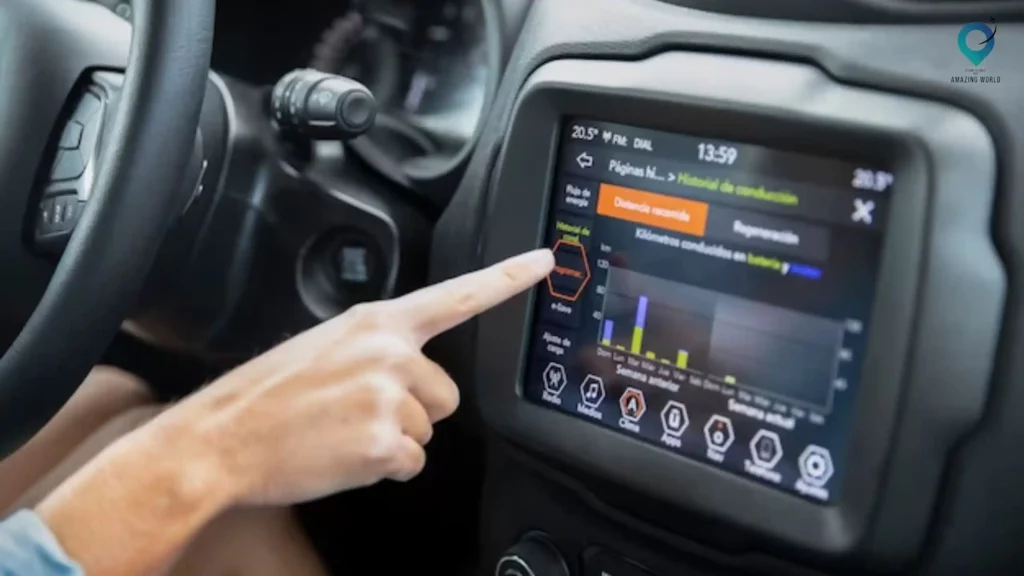
Using cruise control and avoiding idling are two more ways to save money on fuel and gas during a road trip.
Cruise control is a feature in many modern vehicles that allows you to maintain a consistent speed on the highway without using the gas pedal. By using cruise control, you can optimize your vehicle’s fuel efficiency and reduce fuel consumption, especially on long stretches of highway.
Avoid idling.
Avoiding idling is another way to save money on fuel and gas. Idling your vehicle for extended periods, such as when waiting in traffic or at a rest stop, can waste fuel and increase emissions. Instead, turn off your engine when you can, and try to limit idling to a minimum.
By using cruise control and avoiding idling, you can reduce your fuel consumption and save money on gas during your road trip. These simple adjustments to your driving habits can make a big difference in your overall fuel efficiency, helping you to save money and reduce your environmental impact while enjoying your journey.
Top of Form
Keep up with regular car maintenance.
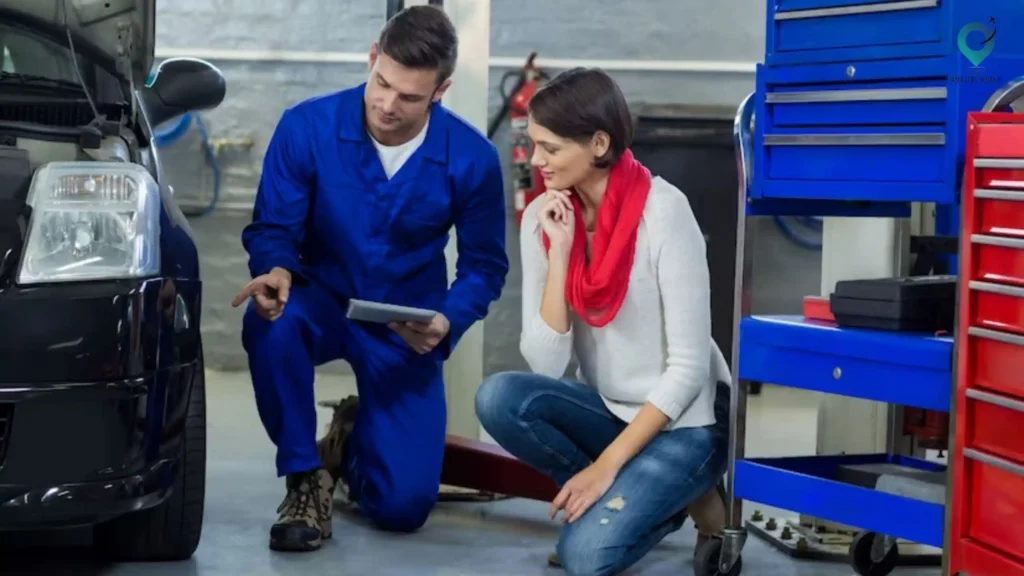
Regular car maintenance is important for the safety and longevity of your vehicle, but did you know that it can also help you save money on fuel and gas during a road trip?
Keeping up with regular car maintenance, such as oil changes and tune-ups, can improve your vehicle’s overall performance and fuel efficiency. A well-maintained engine runs more smoothly and consumes less fuel, which can lead to significant savings on gas during your road trip.
Check and replace air filters.
Another important aspect of car maintenance for fuel efficiency is checking and replacing air filters. A dirty or clogged air filter can restrict airflow to your vehicle’s engine, making it work harder and consume more fuel.
By regularly checking and replacing your air filter, you can optimize your engine’s performance and fuel efficiency, saving you money on gas in the process.
Use the recommended grade of motor oil.
Using the recommended grade of motor oil for your vehicle can help improve its fuel efficiency. The viscosity of motor oil affects how easily the engine components move, and using the recommended grade of oil can help reduce friction and improve fuel efficiency.
Check your owner’s manual or consult with a mechanic to find the recommended grade of motor oil for your vehicle.
Get a tune-up before your trip.
Getting a tune-up before your road trip is also important for improving your vehicle’s fuel efficiency. During a tune-up, a mechanic can check and replace parts such as spark plugs, fuel injectors, and oxygen sensors, which can all affect your vehicle’s fuel efficiency.
A well-tuned engine can operate more efficiently and use less fuel, helping you save money on gas during your road trip.
Choose a fuel-efficient vehicle.
Choosing a fuel-efficient vehicle and comparing the gas mileage of different vehicles are important steps to take when planning a road trip and looking to save money on fuel and gas.
When choosing a vehicle for your road trip, consider the fuel efficiency of different models. Hybrid and electric vehicles are typically the most fuel-efficient, but if you’re not in the market for a new car, consider renting a fuel-efficient vehicle for your trip. Many rental companies offer fuel-efficient options, and the cost of renting a more efficient vehicle can be offset by savings on gas.
Compare the gas mileage of different vehicles.
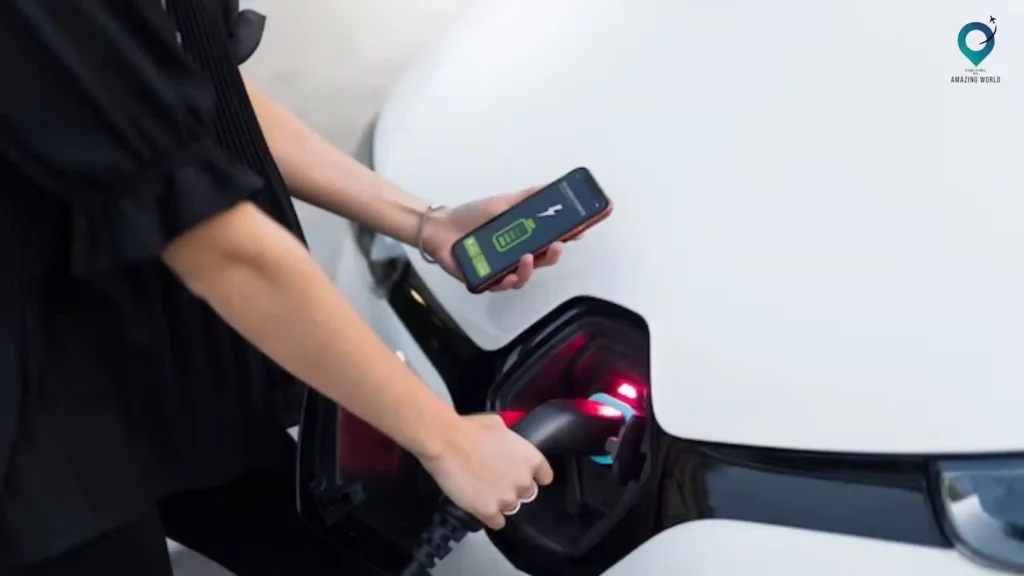
Before choosing a vehicle, it’s also important to compare the gas mileage of different models. The Environmental Protection Agency (EPA) provides fuel economy ratings for all new vehicles, which can help you compare the gas mileage of different models. Look for vehicles with higher fuel economy ratings to save money on gas during your road trip.
By choosing a fuel-efficient vehicle or renting one for your trip and comparing the gas mileage of different models, you can save significant money on gas and make your road trip more environmentally friendly. These simple steps can help you get the most out of your trip while also saving money and reducing your impact on the environment.
Top of Form
Consider renting a fuel-efficient vehicle.
Many rental companies offer fuel-efficient vehicles, which can help you save money on gas during your trip. Hybrid and electric vehicles are typically the most fuel-efficient, but even traditional gasoline vehicles can vary in fuel efficiency. By renting a fuel-efficient vehicle, you can take advantage of the latest technology and maximize your fuel savings.
In addition to saving money on gas, renting a fuel-efficient vehicle can also have environmental benefits. Fuel-efficient vehicles produce fewer emissions than their less-efficient counterparts, helping to reduce your carbon footprint and minimize your impact on the environment.
When considering renting a fuel-efficient vehicle, be sure to research your options and compare the gas mileage ratings of different models. Look for models that have high fuel economy ratings and consider factors such as vehicle size and rental costs to find the best option for your needs and budget.
By renting a fuel-efficient vehicle for your road trip, you can save money on gas, reduce your environmental impact, and enjoy a more comfortable and enjoyable ride.
Conclusion.
Saving money on fuel and gas during a road trip is an important consideration for any traveler. By following the tips outlined in this guide, including planning your route, filling up at the right time, using fuel-saving apps, avoiding unnecessary weight, maintaining proper tire pressure, accelerating and braking gradually, using cruise control, avoiding idling, keeping up with regular car maintenance, choosing the right motor oil, getting a tune-up, and considering renting a fuel-efficient vehicle, you can save significant money on gas and make your trip more enjoyable and environmentally friendly.
Whether you’re embarking on a long-distance road trip or simply taking a short weekend getaway, these tips can help you get the most out of your trip while also saving money and reducing your carbon footprint.
By making small changes to your driving habits and vehicle maintenance routine, you can enjoy a more comfortable, affordable, and eco-friendly road trip experience. So, plan your next road trip with these tips in mind and hit the open road with confidence and peace of mind.
How much did you like Our detailed 15 Tips to Saving Money on Fuel & Gas During a Road Trip? Review Also, please share these Blogs with your friends on social media.
Related Article –

Meet David Hoper, a passionate travel Blog writer with 7+ years of experience in travel content. Through his exemplary storytelling and engaging narratives, he shares his experiences and brings destinations to life. With a keen eye for detail and a love for exploration, he has cultivated a diverse portfolio of travel blogs that inspire and inform readers worldwide.
